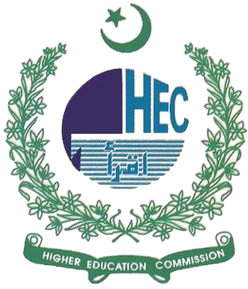WOMEN, WORDS, AND WOUNDS: FRAGMENTATION AS FEMINIST RESISTANCE IN OUR LADY OF ALICE BHATTI
DOI:
https://doi.org/10.63878/jalt1046Abstract
This paper, going to examine Our Lady of Alice Bhatti (2011) by Muhammad Hanif by using Feminist Stylistics, more specifically, the Feminist tool fragmentation conceived by Sara Mills (1995). Discursive fragmentation, in such a context, means reducing women to parts of the body and sexualizing them- to pretty eyes, big breasts, juicy lips, and hot figure as opposed to an embodiment of a person. The study takes the same approach and applies mixed methods of research because it should explore both textual and quantitative explanations. The chosen passages of the novel are discussed in relation to the identification of how Hanif addresses the language of objectification of women, at least in the Pakistani society where walls of the male dominated institution and religion act as the most effective guardians of such objectification. A side table of frequencies also measures the frequency of the use of objectifying language in the text. As per the results of this work, this analysis shows that stylistic fragmentation in Our Lady of Alice Bhatti (2011) is more of a representational strategy and a space of struggle. Although the language indicates dehumanizing male gaze, the novel also criticizes the same gaze by exposing the ridiculous and the violence in it. These two capacities reinforce the feminist reading of the text and also make intuitive the statement by Mills that style choices have the potential to represent as well as challenge prevailing gender ideologies.Downloads
Published
2025-07-26
Issue
Section
Articles
License

This work is licensed under a Creative Commons Attribution-NonCommercial-NoDerivatives 4.0 International License.


